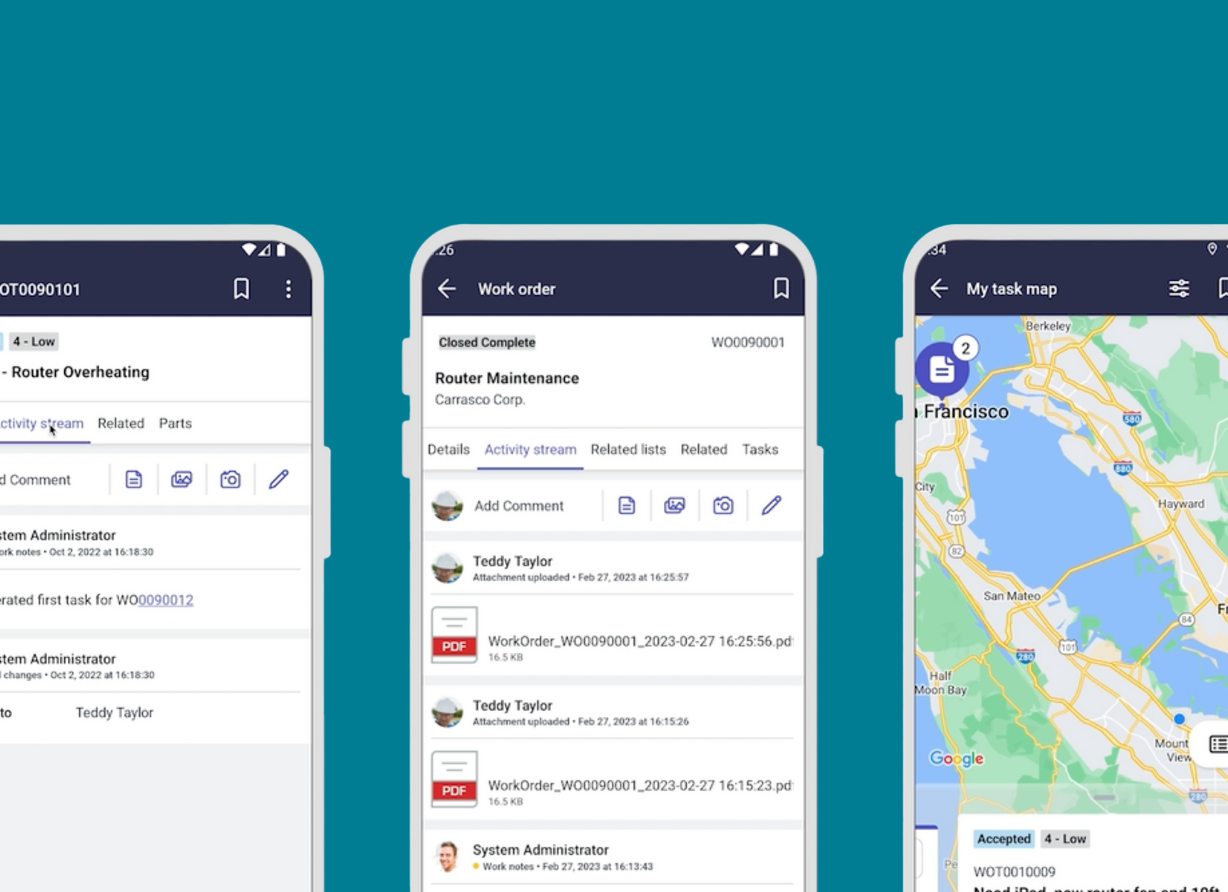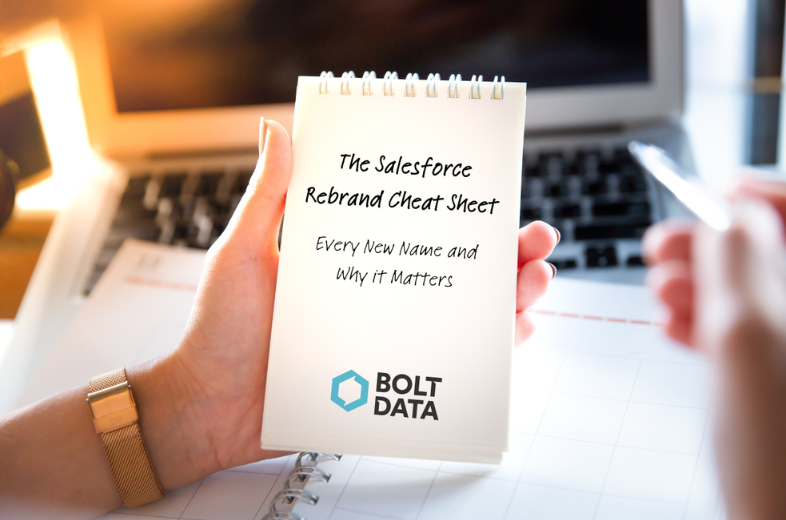Out of the Box… or Out of Control? How to Know When to Customize ServiceNow

Published Date
If you build field service on a platform with as many knobs and levers as ServiceNow, the real art isn’t what you can build, it’s what you should build. After nearly a decade designing global field service and depot repair solutions across CRM ecosystems, I’ve learned that the smartest path forward is usually to start out of the box to capture the 80% you do every day, then extend (carefully) for the 20% that truly makes you different. Here’s how I make that call for ServiceNow implementations, based on real-world projects in industries from medical devices to manufacturing.
Why I bias to OOTB first
Upgrades are real work. Every customization you add becomes a decision you’ll revisit during each release. ServiceNow typically ships two major releases per year, and staying on a supported release means upgrading roughly once a year. So the less you fight the base model, the less change management churn you carry.
When “custom” is the right answer for ServiceNow (and how to keep it upgrade-friendly)
When requirements are complex, I extend tables instead of hacking core ones. Extending preserves the inheritance chain so you still benefit from platform upgrades, then you tweak your child table where needed. That’s the safest way to model real-world nuance without painting yourself into a corner.
How I gather requirements to design for the 80/20
Ride-alongs with our customers are gold, but even in workshops I ask: how often does this happen? If a scenario occurs four times a year, it’s probably not worth weeks or months of engineering. I aim automation at the repetitive 80% and leave humans focused on the tricky 20%. That’s also where AI shines.
For ServiceNow Field Service Management implementations, AI can help by attaching the right procedures, pre-filling predictable fields, and generating customer-ready communications (i.e. email, SMS, chat) so technicians stay focused on the really complex tasks.
Tip: If you’ve already implemented Now Assist, you can measure AI’s impact with Now Assist analytics to see usage and outcomes. Check it out here.
I’m seeing organizations using AI reporting ~18% gains across customer satisfaction, productivity, and market share (ServiceNow’s roundup of third-party studies). Treat this as directional, but it’s a useful benchmark when you size your business case.
How to make the next click obvious for users
A well-implemented ServiceNow solution maximizes adoption by guiding the user intuitively. A few areas I always prioritize include:
- Sequential work order tasks in FSM so techs can’t jump to step 3 before finishing step 1. This is a native strength in ServiceNow FSM.
- UI policies that only show the fields relevant to the current phase (assessment vs. repair vs. QA), so screens stay readable and data quality stays high.
- Mobile done right: Offline capability matters in the field (ex. No cell reception in a remote area). ServiceNow’s FSM mobile supports offline work and integrates navigation so techs get there and get it done.
My rubric for deciding between OOTB vs. custom
Frequency & impact
- How often does the scenario occur?
- What’s the time/cost impact today vs. after automation?
Upgrade cost
- Will this survive annual upgrades with minimal “skip” remediation?
- Can we extend a table rather than modify a base one?
User friction
- Does this remove clicks for 80% of users or add fields for 5%?
- Is there a simpler UI policy or sequential task we can use first?
Data outcomes
- Does this improve the data we need for reporting/AI?
- Are fields referenceable (not free text) so we can trust analytics?
Adoption plan
- Do we have focused QRGs/videos and a sandbox “pass rate” before prod?
- Are mobile/offline workflows proven with real technicians?
Closing thought
ServiceNow’s superpower is how well modules play together all in one, unified platform. Start with that strength. Use OOTB to standardize the common work, then extend thoughtfully where your business truly differentiates. That’s how you get speed and stay nimble for the next release.
If you need help mapping your 80%, designing the right 20%, and getting live fast, book time with our team and we will walk you through an approach that fits your operation.




